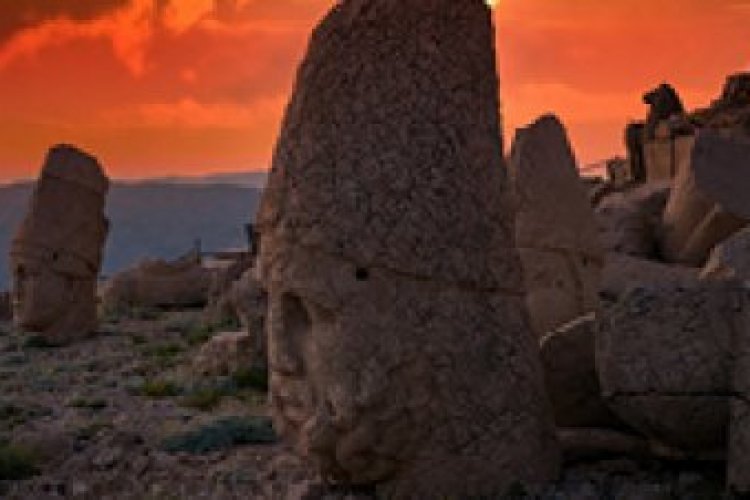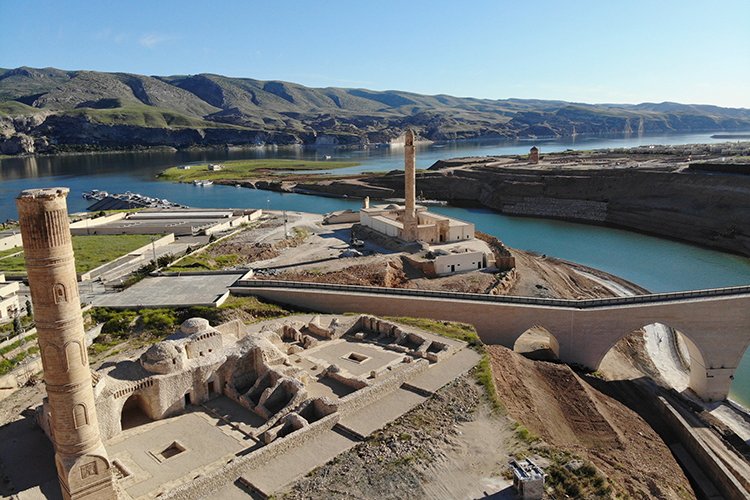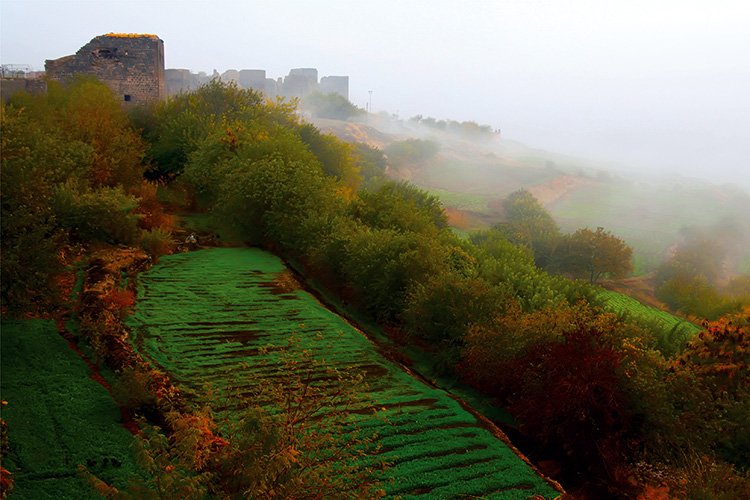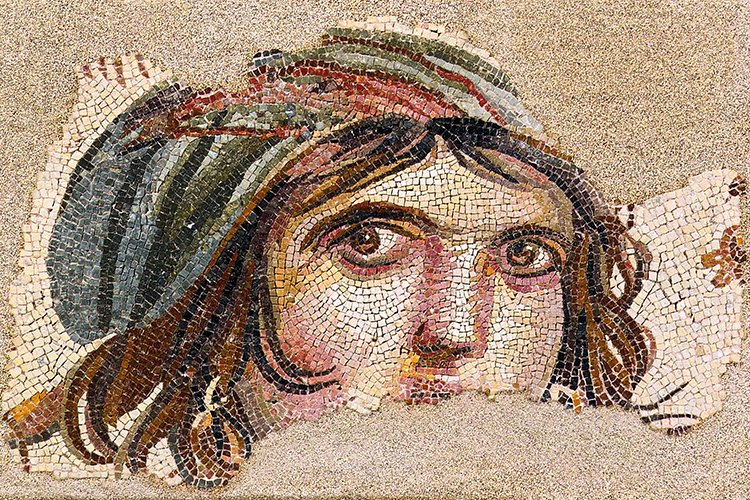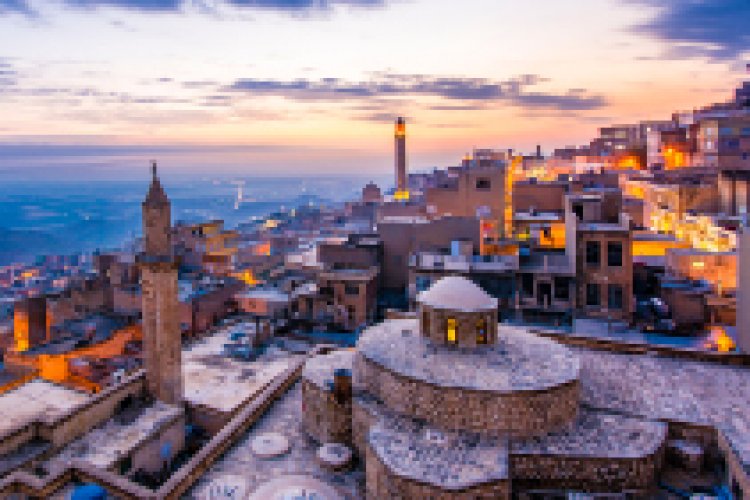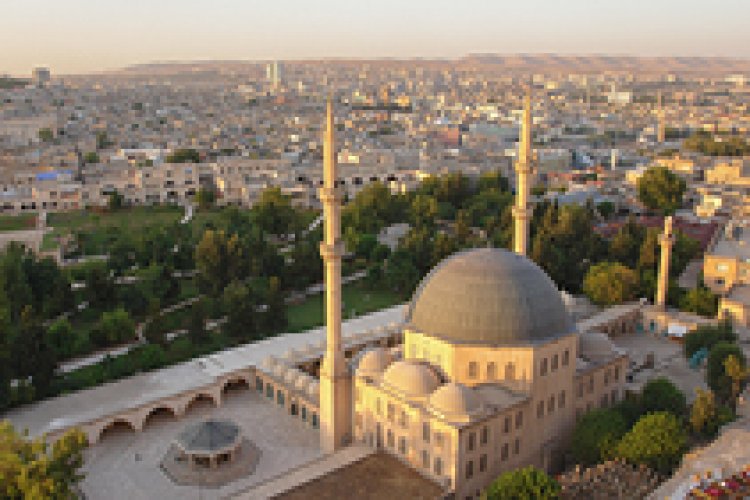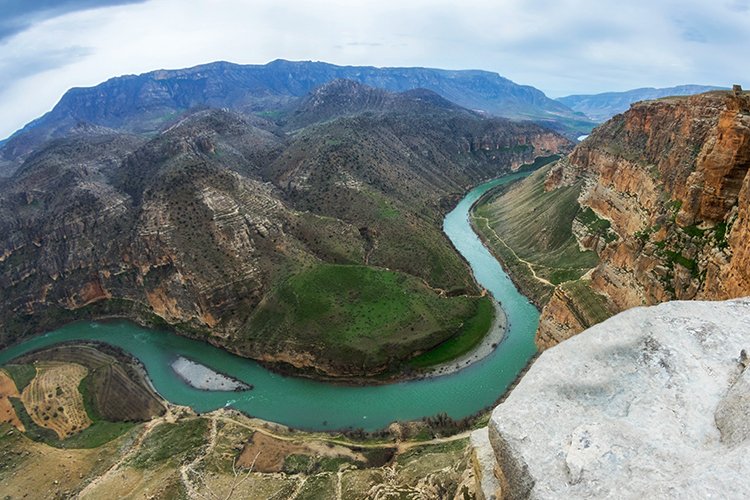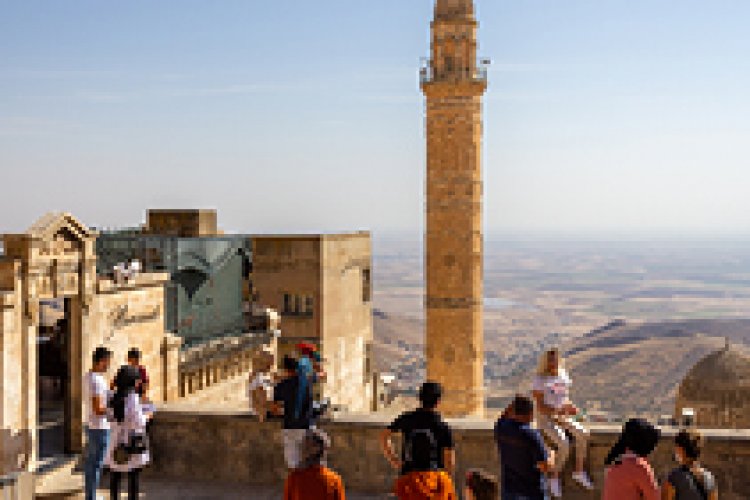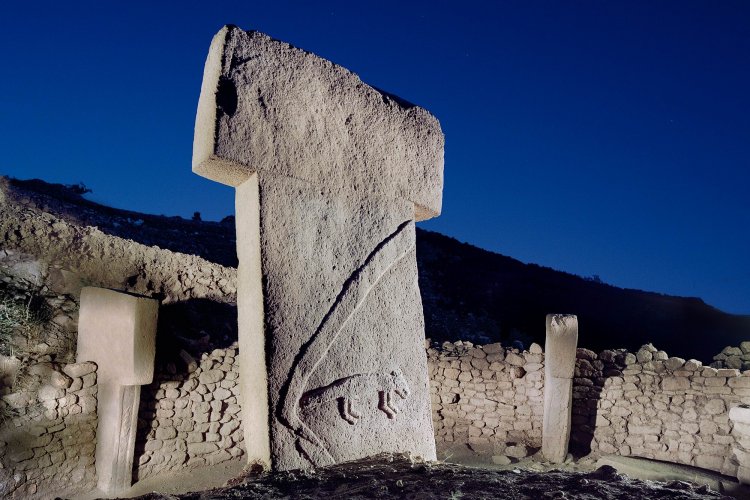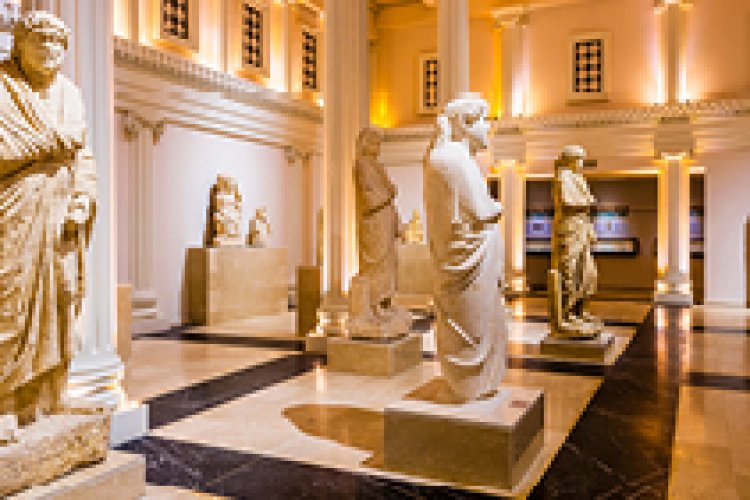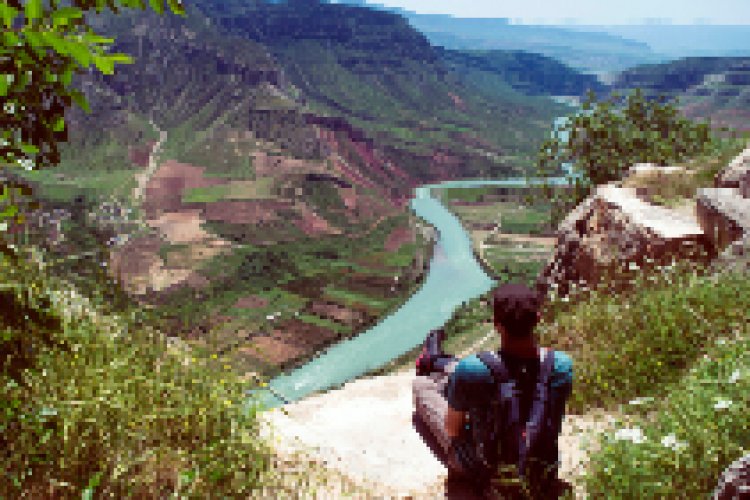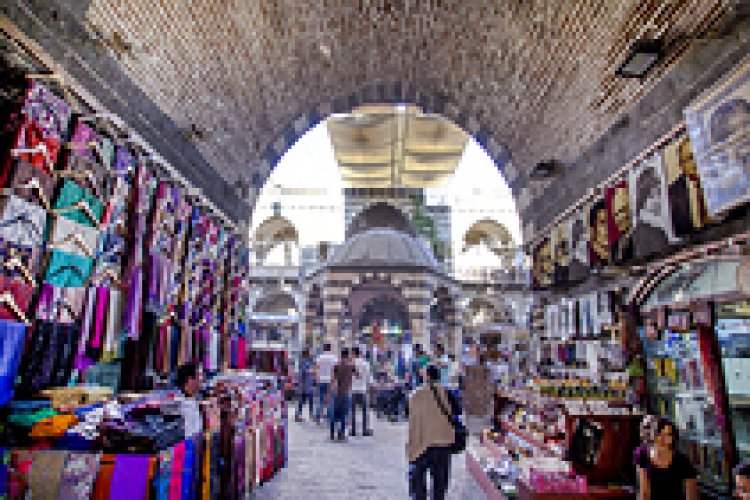Diyarbakir
Diyarbakir is the place where "history is written on stones" with its shield-shaped walls, stone bridges and traces, where inscriptions belonging to 12 civilizations are found. Starting from Kortik Tepe, one of the oldest settlements in the Near East dating back 12 thousand years, this beautiful city had been a host to many civilizations: Roman Empire, Akkoyunlus, Mervanis, Artuqids, Umayyads, Abbasids, Ottomans and many more. Diyarbakir, house them all, nourished them all, get nourished from them all. Continuing to be the 'the eastern capital of culture' today, as in the past, Diyarbakir has become a gateway to the hidden treasure of fertile lands and has embroidered the secret of mastery in handicrafts in its bosom. With its monumental inns, aesthetic bridges and many historical buildings, Diyarbakır makes a call to its visitors from beyond time.
Must Do
Listen to dengbej at dengbej house
Enjoy Tigris and Hevsel Gardens view from Keci Burcu
Drink licorice juice and terebinth coffee at the inns.
Visit Grand Mosque and Egil Prophet Tombs
Visit the museums of Diyarbakir, see the Cayonu Skull Building.
Get lost in the streets of Surici.
Go to the end of the world (Birkleyn)
Did You Know
In Diyarbakır, the special buildings where the pigeons are fed and their manure is collected, are called "boranhane". The best example of this is the boranhane in Tilelo Village on the Silvan road. Pigeon manure has a great contribution to the cultivation of the famous Diyarbakir watermelon.
Bogazkere and Okuzgozu grape varieties, considered the best quality wine grapes in Turkey, are grown in Cermik and Cungus counties.
Dengbej and the Dengbej tradition are the oldest oral literature of Kurdish culture. Dengbejs produce the works we call klam (folk songs) and sing them a capella. It is the narration of oral literature, legends and stories, which Yasar Kemal calls "Homeros of the Kurds". Denbej culture is the unwritten memory of Kurdish society.
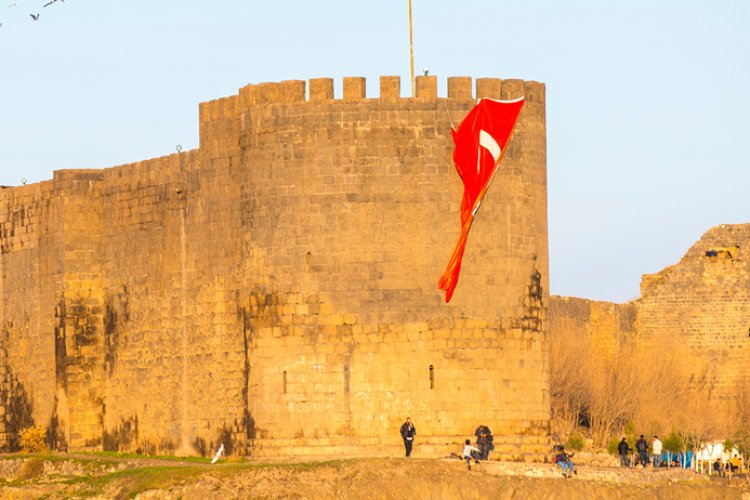
Walls of Diyarbakir
One of the oldest and strongest walls in the world, Diyarbakır Walls are the longest after the Great Wall of China. It is not known exactly when and by whom the walls made of chipped basalt stone were built. Almost all of them are still standing, decorated with carved and relief motifs, and encircle old Diyarbakır for five and a half kilometers.
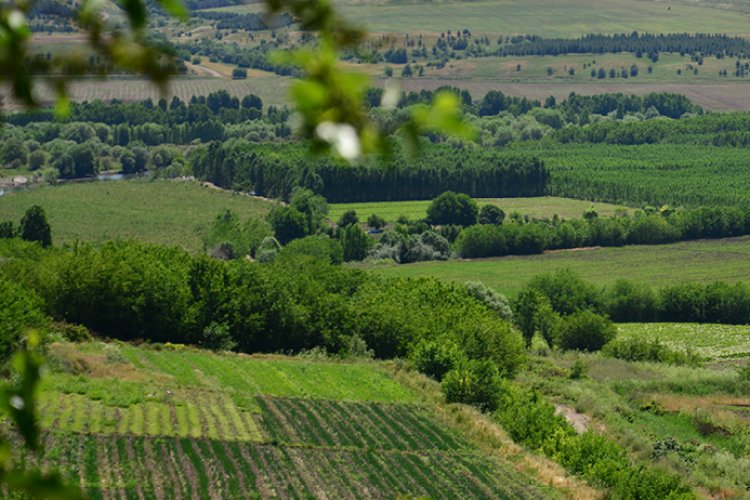
Hevsel Gardens
Hevsel, a garden of paradise formed by the fertile soil carried by the Tigris on the southeast of the city, just on the slope of the city walls, has met the city's need for vegetables and fruits for thousands of years with its various fruit trees and vegetable gardens. Hevsel is also home to migratory birds, with 108 bird species. This unique beauty was included in the UNESCO World Cultural Heritage list in 2015. As you journey from the city of stones to the green, you will feel as if you have changed dimensions.
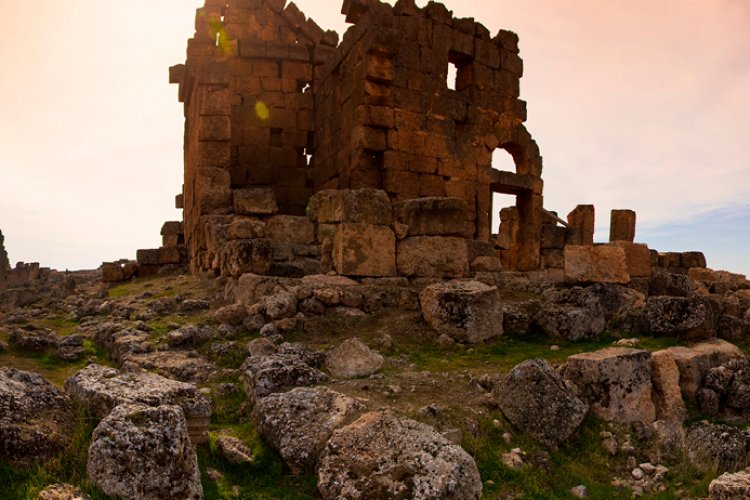
Zerzevan Kalesi
Zerzevan Castle, which is located 13 km from Çınar district and served as an important border garrison during the Roman period, also dazzles with its archaeological ruins. The area where Zerzevan Castle is located was used for military settlement and road security purposes during the Assyrian and Persian periods to protect the ancient trade route. With its 21-meter-high watchtower and defense tower and 15-meter-high walls, excavations in the settlement with a glorious past also revealed the Temple of Mithras.
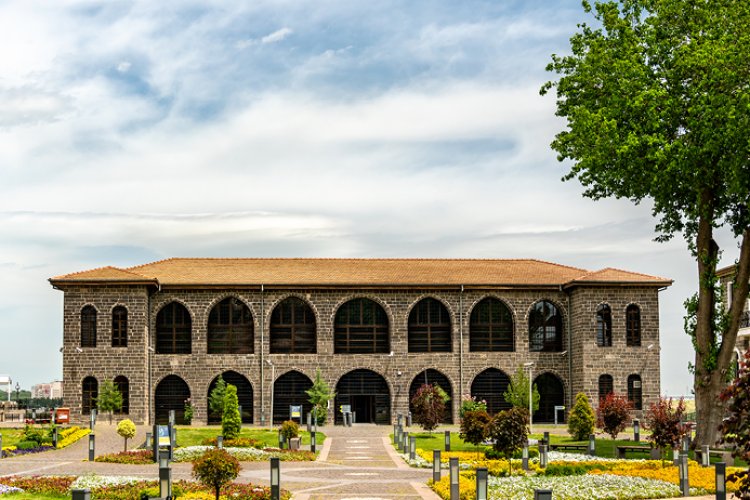
Diyarbakır Museum (İçkale)
Zerzevan Castle, which is located 13 km from Çınar district and served as an important border garrison during the Roman period, also dazzles with its archaeological ruins. The area where Zerzevan Castle is located was used for military settlement and road security purposes during the Assyrian and Persian periods to protect the ancient trade route. With its 21-meter-high watchtower and defense tower and 15-meter-high walls, excavations in the settlement with a glorious past also revealed the Temple of Mithras.
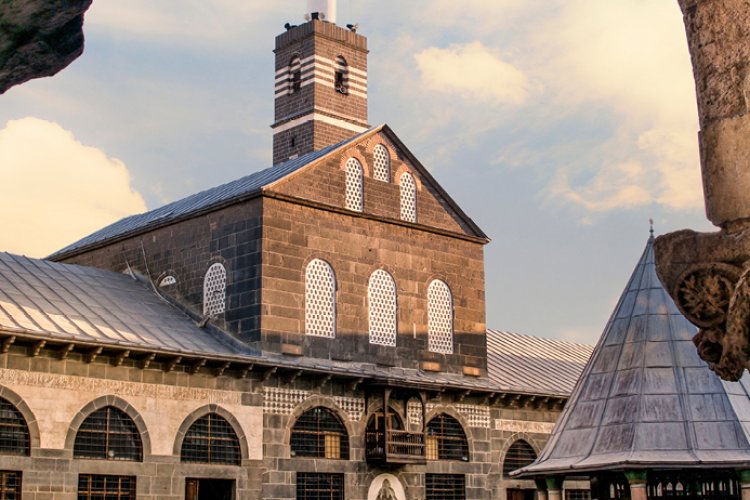
Great Mosque
The construction date of the Great Mosque in the center of the city is not known for certain. The building, which was called Mar Toma Church before the Muslim conquest of the city in 639 AD, was converted into a mosque after the conquest. It is one of the oldest mosques in Anatolia. Known as the 5th Harem-i Şerif by Muslims, the mosque has been constantly repaired because all the states that ruled in Diyarbakır attached great importance to it and it has managed to preserve all its splendor until today. Inscriptions and edicts belonging to the Great Seljuk ruler Melikşah, the Anatolian Seljuk ruler Gıyaseddin Keyhüsrev, the Artuqid and Akkoyunlu rulers and many of the Ottoman sultans can be seen in various parts of the mosque.
